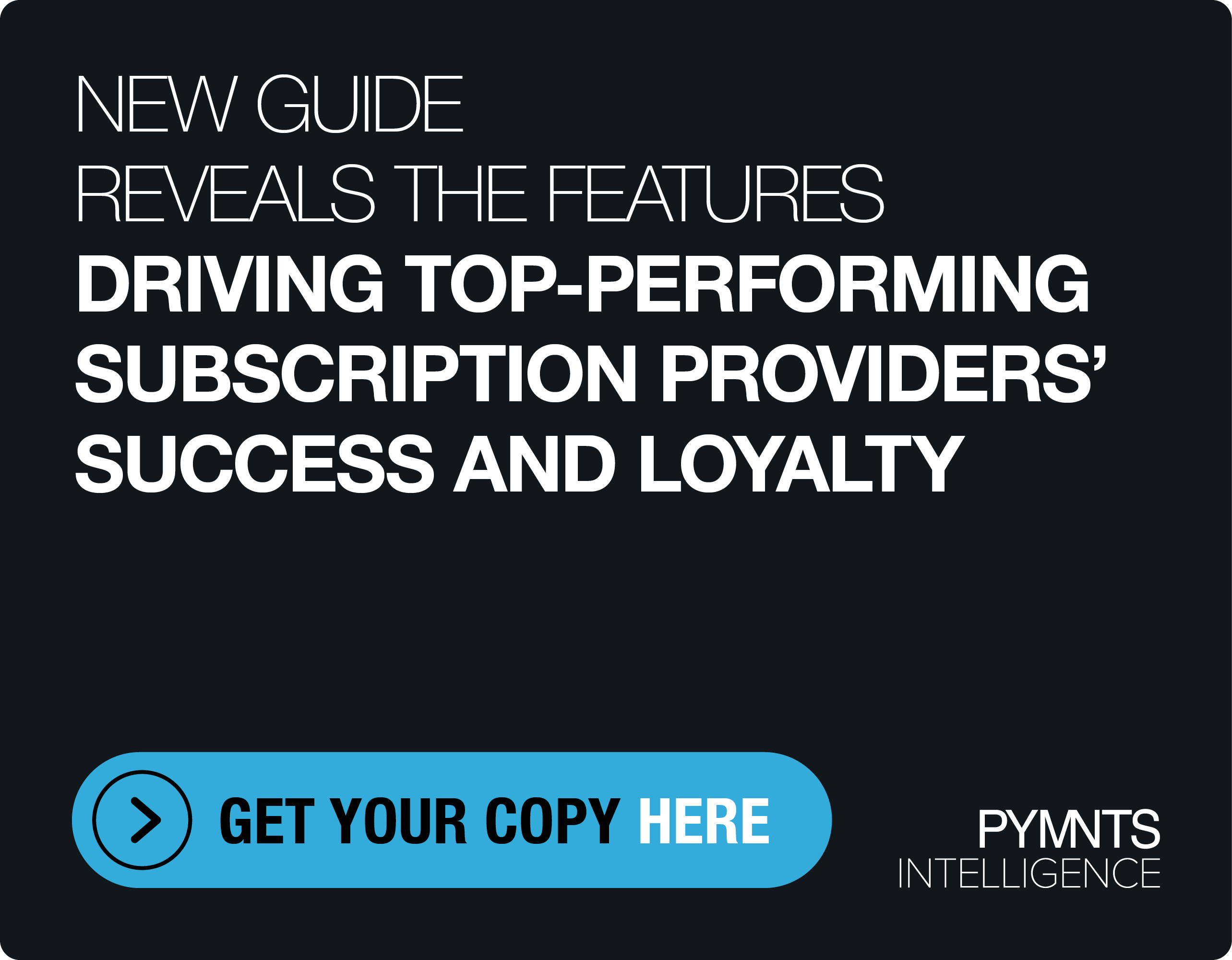Why All Banking-As-A-Service Platforms Aren’t Created Equal

Overhauling and upgrading bank infrastructure is a monumental task that, for many financial institutions, isn’t always worth the time, energy and massive costs. In many ways, by the time a financial institution has upgraded internal processes, the financial services landscape has already evolved into a new phase, warranting yet another internal upgrade.
It’s a conundrum that opened the door for FinTechs to help traditional financial institutions take advantage of modern technologies and product enhancements with flexibility. The rise of Banking-as-a-Service (BaaS) has accelerated the ability for traditional financial institutions to quickly adopt new technologies and adapt to ever-changing customer needs, with business banking a particularly innovative arena.
With corporate financial service requirements shifting, Greg Bloh, CEO of Transcard, says some banks have struggled to ensure their infrastructure can keep pace. Yet in a collaborative strategy, Banking-as-a-Service providers can act as a bridge between bank and corporate, allowing the financial institution (FI) to enhance its offering without forcing it into a long-term commitment of inflexible back-office solutions.
Speaking with Karen Webster, Bloh explored how banks can embrace the agility of the BaaS paradigm to be ready for the future of business banking.
Retaining Flexibility
BaaS is a versatile industry that has evolved on multiple fronts to address a range of specialized bank customer segments and needs. Yet what all solution providers have in common, said Bloh, is an embrace of open connectivity via application programming interface (API), a vital component of the Banking-as-a-Service arena that preserves the flexibility of the technology.
For financial institutions whose back-end operations have been in place for years or even decades, that flexibility is an invaluable asset that meets a modern paradigm of business banking legacy solutions cannot always address.
“The issue today is really around how traditional core platforms have evolved over time,” explained Bloh. “They were very account-centric, driven around access to funds within accounts.”
While APIs have added some enhanced functionality to legacy core platforms, the challenge is that business transactions have become far more varied and complex. The shift away from batch processes and an embrace of both legacy and new payment rails like real-time payments (RTP), for example, are not trends that can always be adequately addressed by older infrastructure built on the batch processing model.
Having tools in-place to support corporates’ shift away from paper checks and the gradual shift toward real-time processing will be key to banks’ ability to remain competitive. At the same time, their infrastructures must also address elevating end-user needs in the onboarding experience that allow FIs to remain compliant while providing a frictionless experience for a business. It’s in this way, said Bloh, that BaaS can be the connector between bank and corporate, driving stronger relationships and elevated experiences while meeting the needs of both bank and corporate.
Side-By-Side Partners
One of the biggest value propositions of BaaS offerings is their ability to tackle customer- and industry-specific pain points. In the corporate banking arena, that means integrating functionality like the integration of banking solutions into enterprise resource planning (ERPs), or addressing the unique pain points of sectors like the insurance space as they migrate away from checks and batch processing toward real time.
BaaS solutions are “not all created equal,” said Bloh. “They’re all evolving from different perspectives and different requirements. Over time, they may converge, but that’s a long way off because their specialty areas are really enhancing capabilities and usability specific to the segments they serve.”
Yet while addressing customer needs is vital for any bank, the technology these financial institutions adopt must also address their own needs, too.
In addition to ensuring know your customer (KYC), anti-money laundering (AML) and other compliance requirements in the customer onboarding process, Banking-as-a-Service solutions must also be scalable enough to continue to shift depending on market conditions without forcing banks to suddenly and drastically abandon legacy tools and operations. Support for payment rails old and new, batch and real-time settlement workflows, and both legacy and newer technologies means allowing a financial institution to modernize without leaving any customer behind.
“There’s no reason Banking-as-a-Service platforms can’t complement and sit side by side with an existing core platform, because Banking-as-a-Service platforms that are specialized are not trying to take over all functions and features of traditional core applications,” explained Bloh. “Sitting side by side is super important from an FI’s perspective. They’re looking for a partner that will complement and align with their offerings.”
